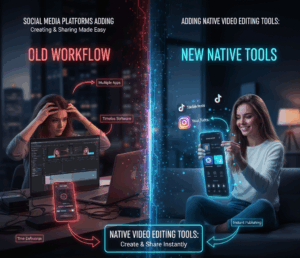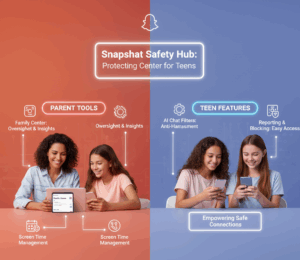Are Two-Factor Authentication Methods Still Sufficient to Safeguard Social Media Accounts?

Are Two-Factor Authentication Methods Still Sufficient to Safeguard Social Media Accounts?
Two-factor authentication, often known as 2FA, is becoming more important for users of social media platforms to have in order to protect their accounts from increasingly sophisticated assaults. Although two-factor authentication (2FA) provides an additional layer of security beyond passwords, the issue that remains is whether or not it is still enough in 2025 to protect accounts from contemporary attacks. It is necessary for anybody who wants to preserve digital security to have a solid understanding of how two-factor authentication works, as well as its advantages and disadvantages.
How the Two-Factor Authentication System Operates
When using two-factor authentication, users are required to give two different kinds of verification before they are allowed to access their accounts. As a general rule, this includes:
- a password or personal identification number (PIN) that you are familiar with.
- Something that you possess: a code that may be created by an authentication software, transmitted by text message or email, or both.
- Even in the event that a password is hacked, this dual-layer approach is meant to prevent unwanted access from occurring.
2FA’s Advantages and Benefits
- In comparison to protection that relies just on a password, enhanced security makes it less likely that unwanted access will be gained.
- When it comes to protection against phishing, the extra verification step may prevent access even in the event that a hacker manages to acquire a password.
- Ease of Use: Two-factor authentication (also known as 2FA) is made easy to set up by modern applications, which are often incorporated directly into social media sites.
Traditional Two-Factor Authentication’s Limitations
2FA is not completely foolproof, despite the benefits it offers:
- The vulnerabilities of SMS include the fact that codes provided by SMS may be intercepted via SIM-swapping attacks.
- Scammers may fool users into submitting two-factor authentication credentials by using false login prompts. This is known as phishing for authentication codes.
- Compromise of the Device: Two-factor authentication (2FA) codes may be stolen if a device is compromised with malware.
Methods of Advanced Two-Factor Authentication
These weaknesses are being addressed by the use of more recent authentication mechanisms, which include:
- Applications that serve as authenticators, such as Google Authenticator and Authy, are capable of producing time-sensitive codes that are not reliant on mobile networks.
- Physical devices, such as YubiKey, are examples of hardware security keys that provide robust cryptographic verification methods.
- Fingerprint, face recognition, or voice verification are examples of biometric authentication methods that offer an additional degree of security that is difficult to imitate.
Platforms for social media and two-factor authentication
For high-risk accounts, many platforms increasingly either promote or mandate two-factor authentication. Some provide customers with numerous two-factor authentication choices, enabling them to combine both methods for increased protection. Users are also educated about the dangers of phishing and secure account habits via awareness programs.
The Influence of Humans
Poor user behaviors cannot be compensated for by even the most robust two-factor authentication solution. It is possible to compromise security by using weak passwords, repeatedly using the same credentials across different platforms, or falling for phishing scams. Literacy in digital technology and careful conduct when using the internet continue to be crucial components of account security.
Additional Security Measures to Complement
Two-factor authentication should be used with the following for the highest level of security:
- Use passwords that are both difficult and unique, and change them on a regular basis.
- Keeping an eye out for unusual login attempts and activities on the online account.
- avoiding using third-party applications that have access to social accounts that is not essential.
Industry Trends and Regulatory Developments
Increasingly stringent authentication requirements are being advocated for by governments and groups that focus on cybersecurity. An growing number of platforms are adopting passwordless login choices and multi-factor authentication frameworks, which integrate numerous verification levels. This makes it more difficult to compromise an account.
Two-factor authentication is still an essential tool for ensuring the safety of social media accounts; nevertheless, it is no longer sufficient to provide a comprehensive solution on its own. In order to protect themselves from more complex ways of attack, users are need to use advanced two-factor authentication alternatives, practice good digital hygiene, and be aware about new risks. In conjunction with preventative security measures, two-factor authentication (also known as 2FA) continues to be an essential, but not foolproof, barrier against unwanted access.





